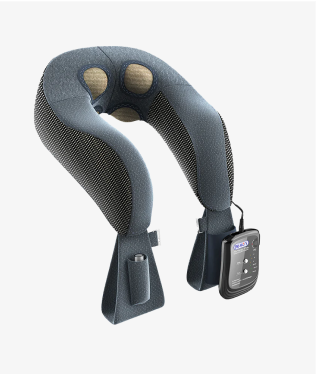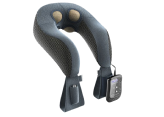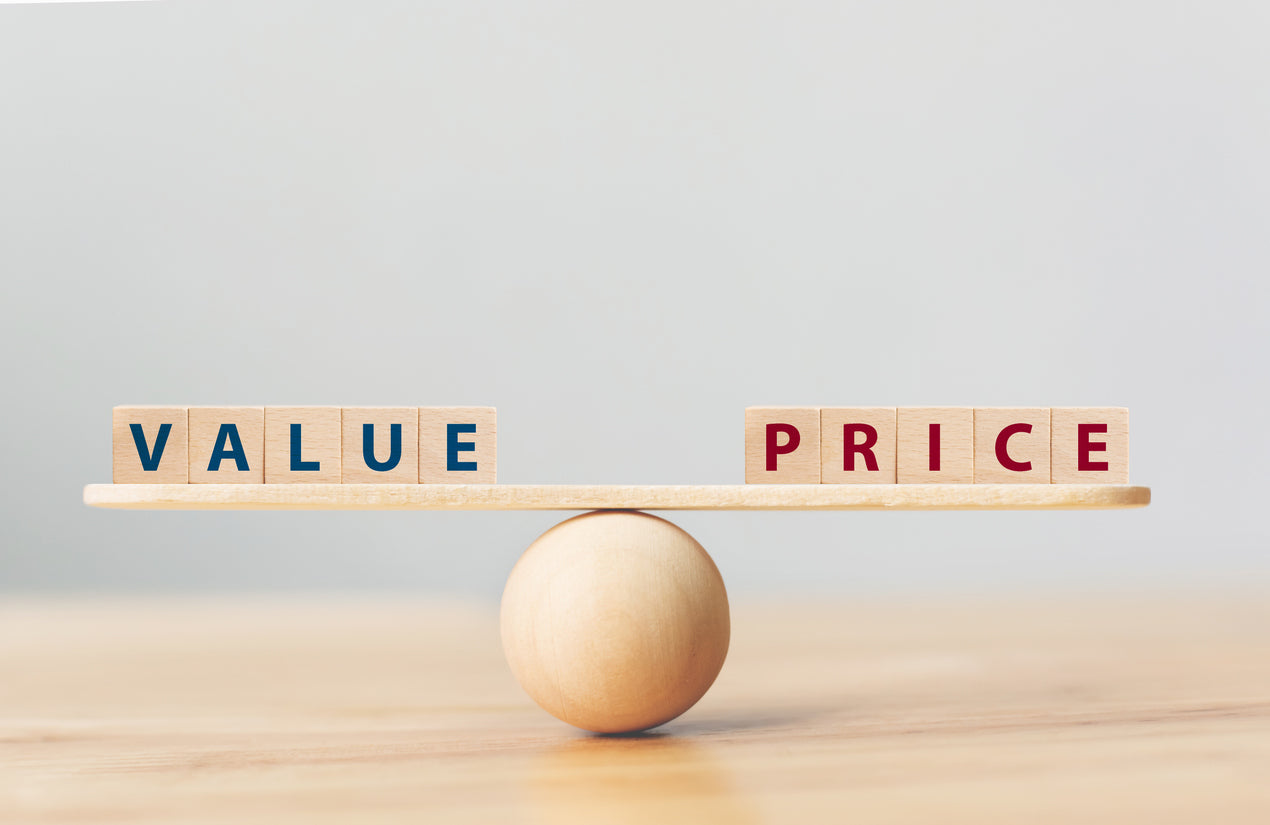Up to 80% of people will experience back pain at some point in their lives. According to Health Harvard, Yoga is one of the more effective ways to help with lower back pain. Back pain can result from conditions like arthritis or ruptured discs. But more often it is caused from poor posture, standing or sitting for long periods of time, heavy pulling or lifting, sports injury, or muscle pulls. Back pain can be divided into two categories: acute and chronic. Acute is pain that can happen from an injury or other movements, while chronic is similar in pain, but it doesn’t go away after three months.
Most of the time you may not even realize the damage you’re causing to your back until it’s too late. However, if you do recognize the back pain, there are many ways to help that don’t always involve over the counter drugs. It’s time to explore other natural remedies like yoga to help with lower back pain. Before starting a new exercise program such as yoga, it is important to consult a physician, especially if you have severe or persistent pain.
Yoga and other therapies, such as acupuncture, are recommended by physicians and organizations like the American College of Physicians as effective options for managing chronic low back pain. Studies often use a pain scale to measure the effectiveness of yoga and alternative treatments in reducing pain intensity. In some cases, yoga and similar therapies can help reduce the need for pain medications.

Can Yoga Help with Lower Back Pain?
Participating in activities like yoga on a regular basis not only helps with lower back pain and provides health benefits such as improved flexibility, strength, and stress reduction, but it can also prevent it from happening in the future through regular yoga practice.
Because yoga’s positive benefits aren’t always clear, we did the research for you. Research shows that yoga benefits include pain reduction, improved physical functioning, and enhanced quality of life. Yoga can also serve as an effective exercise program for managing and preventing lower back pain.
Introduction to Chronic Low Back Pain
Chronic low back pain is a widespread issue that affects millions of people around the globe, often leading to ongoing discomfort and a reduced quality of life. Defined as low back pain that lasts for more than 12 weeks, this condition can stem from a variety of factors, including muscle strain, poor posture, and underlying health problems. Chronic low back pain doesn’t just cause physical discomfort—it can also make it challenging to get restful sleep, participate in daily activities, and enjoy time with friends and family. The persistent nature of chronic low back pain can impact your mood and overall well-being, making effective treatment essential. While options like physical therapy, exercise programs, and alternative medicine are available, many people are turning to yoga as a gentle yet powerful way to manage pain intensity and improve their daily lives. Yoga offers a holistic approach to treatment, addressing both the physical and emotional factors that contribute to chronic low back pain.
The Science Behind Yoga and Back Pain Relief
Yoga involves much more than just stretching—it’s a comprehensive practice that combines physical postures, mindful breathing, and meditation. Scientific research has shown that regular yoga practice can provide significant back pain relief, especially for those dealing with chronic low back pain. One of the ways yoga helps is by encouraging the body to release natural pain-relieving chemicals called endogenous opioids, which can help reduce pain intensity. Additionally, practicing yoga poses helps decrease inflammation in the body, which is often a key contributor to ongoing pain and tissue damage. By stretching and strengthening the muscles in your back, hips, and legs, yoga can improve flexibility and muscle function, reducing the strain on your lower back. Beyond the physical benefits, yoga also helps to lower stress and anxiety levels—two factors that can make chronic low back pain feel even worse. Incorporating poses like child’s pose, downward-facing dog, and pigeon pose into your routine can help you stretch tight muscles, strengthen weak areas, and support your journey toward back pain relief. Meditation and mindful breathing, which are integral parts of yoga, further enhance these benefits by calming the mind and reducing the emotional impact of chronic pain.
Begin Your Day With Yoga Stretches
No one wants to wake up with lower back pain. Incorporating yoga stretches at the start of the morning can help get your body moving, blood flowing, and range of motion improved to help relieve tension in your lower back throughout the day. Moving slowly and using slow movements through each yoga pose helps prevent injury and improves flexibility. Focus on proper form by maintaining a slight bend in your knees and keeping your toes aligned during each movement.
5 Yoga Stretches That Can Help With Back Pain
Yoga is one of many ways to relieve back pain. Some other options include maintaining a healthy diet, stretching daily, wearing comfortable shoes or by using DR-HO’s TENS therapy regularly. Consulting a physical therapist can also help tailor an exercise program to your individual needs.
These strengthening exercises help support the muscles of the lower back and keep your head, neck, and shoulders aligned and stretched. Engage in these five yoga poses each morning to feel long-term benefits. Stretches like downward dog, sunbird pose, child’s pose, cat cow, and bridge are known to help.
1. Downward Dog
Steps
-
Start on your hands and knees.
-
Tuck your toes and lift your hips up and back.
-
Straighten your legs as much as comfortable while keeping a slight bend if needed.
-
Engage your legs, hips, and sitting bones for support and stability.
-
Press your hands firmly into the mat and allow your chest to move toward your thighs.
2. Sunbird Pose
Steps
-
Begin on your hands under your shoulders and knees under your hips.
-
Extend your right arm forward.
-
Extend your left leg back, keeping your hips level.
-
Reach through your fingertips and heel while keeping your core engaged.
-
Switch sides.
3. Child’s Pose
Steps
-
Kneel on the mat with your big toes touching and knees apart.
-
Sit back onto your heels.
-
Lower your torso forward until your forehead rests on the mat.
-
Stretch your arms forward or rest them by your sides.
-
Breathe deeply and relax your back, shoulders, and neck.
4. Cat Cow
Steps
-
Start on your hands under your shoulders and knees underneath your hips.
-
Cow Pose: Let your stomach drop toward the mat and gently arch your back.
-
Lift your chest and tailbone as you inhale.
-
Cat Pose: Round your spine, tucking your chin and tailbone as you exhale.
-
Move slowly between these two motions with your breath.
5. Bridge
Steps
-
Lie on your back with your knees bent and feet flat on the floor, hip-width apart.
-
Press your feet into the mat and lift your hips upward.
-
Engage your legs, hips, and sitting bones for stability.
-
Keep your chest open and your neck relaxed.
-
Lower slowly back down.
These exercises also stretch the chest, shoulders, and neck, helping to relieve tension and improve posture. Breathing deeply during these exercises enhances relaxation and supports back health.

Incorporate Yoga Into Your Everyday Routine
Yoga is known to stretch, strengthen and condition the muscles in your back, core, hips, shoulders, and surrounding areas that support the spine. Many yoga poses are focused on strengthening the core, hips, and shoulders, which are essential for spinal stability and overall function. Practicing yoga techniques like sitting tall and holding your core regularly at work can help with lower back pain. That’s because yoga helps practice healthier and stronger sitting and standing posture. Maintaining proper form and controlled movement during these exercises is crucial to prevent injuries, especially to the knee and hip. Practicing good posture while sitting or walking to work helps build the muscles surrounding the lower back and strengthen the spine to help lower back pain.
With these postures, the goal is to hold the core and lengthen the spine while you stand or walk to strengthen muscles in the lower back. Keeping the shoulders and hips aligned helps avoid strain and supports back health. Focusing on proper alignment and movement can help protect the knees and shoulders during daily activities. Using these yoga techniques each day can significantly help with lower back pain and help avoid it in the future.

Practice Yoga For Your Body and Your Mind
Exercise, and especially yoga, can make you feel refreshed physically and mentally. Since yoga is considered a mind-body therapy it helps relieve physical pain, but also the stress that comes with it. Yoga teaches relaxation techniques that are proven to decrease symptoms of back pain, ease arthritis, stop headaches and relieve carpal tunnel syndrome. Yoga often incorporates meditation and rest to enhance pain relief and support back pain relief. If the poses are done correctly, you can actually relax and strengthen the body to understand where the tension and pain is coming from to help in the future.
Achieving More Energy through Yoga
Living with chronic low back pain can often leave you feeling drained and fatigued, but practicing yoga regularly can help you regain more energy and vitality. Certain yoga poses, such as warrior pose, triangle pose, and tree pose, are especially effective at boosting circulation, reducing inflammation, and enhancing the function of your core muscles. These benefits not only help to reduce pain but also contribute to a noticeable increase in energy levels. Yoga breathing techniques, like alternate nostril breathing and bellows breath, are powerful tools for reducing stress and anxiety, both of which can sap your energy and worsen symptoms of chronic low back pain. By making yoga a part of your daily routine, you can strengthen your muscles, improve your balance and flexibility, and support your body’s natural ability to heal. The result is not just less pain, but also a brighter mood, better sleep, and a greater sense of well-being—helping you feel more energized and ready to take on each day!
Sources:
-
Health Harvard, Yoga For People With Back Pain
-
Yoga International, Yoga For Lower Back Pain
-
Health Line, The 10 Best Yoga Posts for Back Pain
-
Mayo Clinic, Back Pain
-
Spine Health, How Yoga Helps the Back
Disclaimer: DR-HO'S content is intended for informational purposes only and should not be taken as medical advice. Please consult a certified medical professional for diagnosis and treatment recommendations.
















